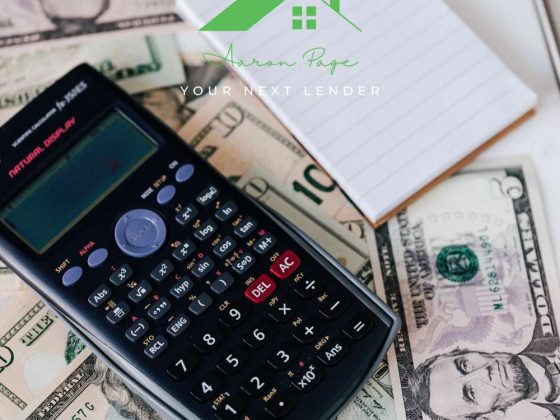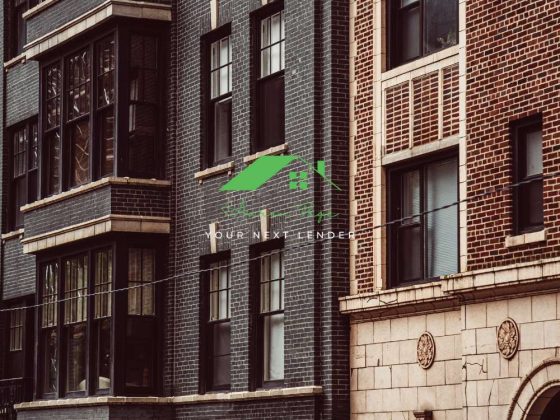Today, let’s talk about a three-letter acronym that often pops up in the home buying process: PMI. No, it’s not a new internet slang; it stands for Private Mortgage Insurance. Heard of it? Great. Haven’t? Even better, as we’re about to break it down.
The Basics of PMI
Let’s get acquainted. Private Mortgage Insurance, or PMI, is typically required by lenders when a homebuyer cannot make a down payment of at least 20% of the home’s purchase price. Why? Well, lenders see smaller down payments as riskier. PMI acts as a safety net for the lender if you default on your mortgage.
The Nitty-Gritty of How PMI Works
So, you’re doling out less than 20% for your down payment. PMI will come into play, but how?
- PMI Cost: It typically costs between 0.3% to 1.5% of the original loan amount per year. The rate can depend on the size of the down payment and the loan.
- Payment Method: PMI can be a monthly premium added to your mortgage payment, a one-time upfront premium, or a mix of both.
- PMI Duration: Once your mortgage balance reaches 80% of your home’s original appraised value, you can request your lender to cancel the PMI. Once it hits 78%, the lender should automatically terminate it.
Why PMI Isn’t Necessarily the Villain
PMI often gets a bad rep, primarily because it adds to your monthly mortgage costs. But hold on a second. PMI isn’t entirely without merit:
- Homeownership Becomes Accessible: Without PMI, the traditional 20% down might be a daunting hurdle for many. PMI can make homeownership a reality sooner than you might think.
- Leverage Current Market Conditions: Say real estate prices are favorable, or there’s a home that ticks all your boxes. PMI allows you to make a move without waiting years to save for that 20% down.
Ways to Dodge PMI
If you’re convinced PMI isn’t your cup of tea, here are a few strategies to avoid it:
- A Bigger Down Payment: The most straightforward approach. If you can muster up 20% or more for a down payment, you can sidestep PMI.
- Piggyback Loans: It sounds fun, right? This involves taking out two mortgages simultaneously. The first covers 80% of the home’s value, and the second covers whatever portion of the remaining 20% your down payment doesn’t cover.
- Lender-Paid Mortgage Insurance (LPMI): The lender pays the PMI, but hold up — they’ll pass that cost on to you in the form of a higher interest rate.
- Veteran’s Loan: If you qualify, VA loans are fantastic as they require no down payment and also don’t charge PMI.
Before You Leap
Before you decide whether PMI is right for you, consider:
- How Long You’ll Stay in the Home: If you’re in it for the long haul, you might reach that 20% equity sooner than expected. PMI might just be a short-term factor.
- The Market Dynamics: If property values are rising rapidly, your home’s value might increase, potentially pushing you to that 80% loan-to-value ratio faster.
- Your Investment Strategy: Could the money you’d use for a bigger down payment be better spent elsewhere? Sometimes, leveraging PMI and investing the rest can be a smarter move.
Wrapping it Up
Mortgages and homeownership come with a slew of terms, conditions, and jargons. PMI is one of those components that can seem frustrating at first glance, but when you dig deeper, its purpose becomes clear. It’s all about balance. While PMI offers a quicker path to homeownership, it’s essential to consider the long-term implications on your finances. Armed with knowledge, you’re now better equipped to navigate the waters of homeownership. Smooth sailing!




